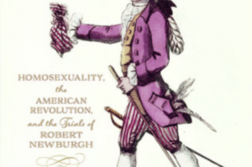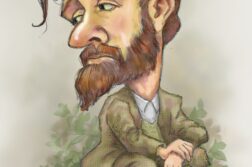Published in: July-August 2007 issue.
TEARS COURSED down my cheeks as I drove toward my destination. For the first time in my life I believed I had found someone who could help me with my same-sex attractions. I was right on time for the first of the three prerequisite sessions that would allow me to enter the gay/lesbian self-help group. At the close of the first session, however, the counselor waived the remaining two; I was in. For years I had been rigorously practicing all the spiritual disciplines that the group leader advocated. I wasn’t surprised that the counselor had found me more than spiritually qualified: I was a Baptist pastor in my early forties who had observed these principles all my life.





